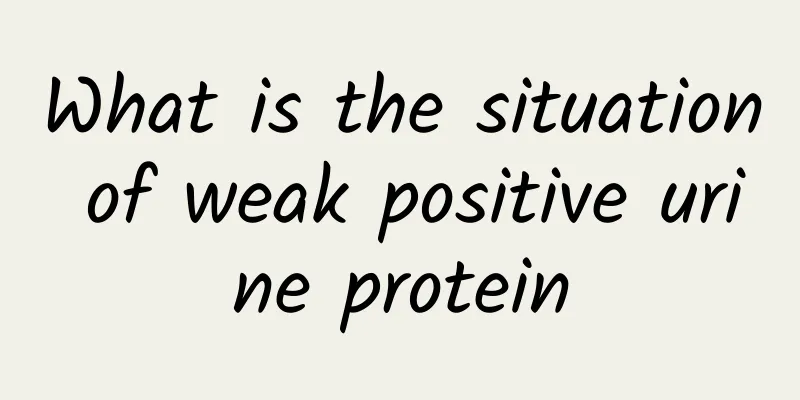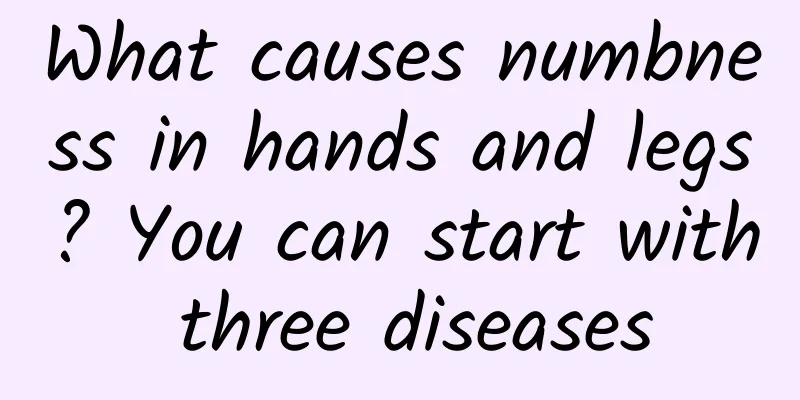What is a breast cyst? How to treat breast cysts?

|
Breast cyst, also known as milk stasis, is caused by the poor discharge of milk from one lobe of the gland during lactation, resulting in the accumulation of milk in the breast. The main clinical manifestation is a tumor in the breast, which is often misdiagnosed as a breast tumor. So how to treat breast cysts? 1. Definition and clinical manifestations of breast milk cyst: Milk cyst, also known as milk stasis, is caused by the poor discharge of milk from one lobe of the breast during lactation, resulting in the accumulation of milk in the breast. The main clinical manifestation is a tumor in the breast, which is often misdiagnosed as a breast tumor. During lactation, the mammary glands swell and the lumps are difficult to detect, and they can often only be clearly felt after weaning. The cyst is round or oval, with a smooth surface and can be pushed. Most of them are unilateral, single cysts, which may be slightly tender and feel cystic when touched. The diameter is usually 2 to 3 cm. There is generally no axillary lymph node enlargement. Young women may find a tumor with clear boundaries in the breast during or after lactation. If a tumor with clear boundaries, movement, and smooth surface is felt at the edge outside the areola area, the possibility of milk cyst should be considered. The patient can go to the hospital for a breast color ultrasound examination to confirm the diagnosis. Care should be taken to differentiate it from breast cystic disease, breast adenofibroma, and breast cancer. 2. Pathogenesis Milk cysts are relatively rare clinically. Their formation is related to pregnancy and breastfeeding. During the lactation period, if one or more milk ducts are blocked or have difficulty draining milk, milk stasis will cause the formation of cysts. Their contents are milk or cheese-like substances, which are different from general cysts. To the naked eye, milk cysts are grayish white and may be unilocular or multilocular, containing milk or cheesy material. Clinically, most patients are women under 40 years old who have breastfed, and most are discovered within 1-5 years after delivery. 3. Treatment methods: A small number of milk cysts may also undergo spontaneous absorption and dissipation. If the milk cyst does not become infected, it may exist for a long time. The contents of the cyst become thicker, and over time the water in the cyst can be absorbed, causing the cyst to harden. The treatment of breast cysts is mainly based on Western medicine, including non-surgical treatment and surgical treatment. Non-surgical treatment: 1. Puncture and fluid extraction: During needle aspiration cytology examination of the tumor, if milky fluid is aspirated, the milk in the cyst should be aspirated completely at one time. When the milk is sucked out, the cyst will shrink and the remaining cyst cavity will be bandaged with pressure. In a few cases, the cyst can be cured after one sucking. 2. If the cyst recurs and multiple punctures are ineffective, surgery may be considered. Surgery Simple cystectomy: If the cyst is repeatedly infected or continues to grow larger, simple cystectomy can be performed under local anesthesia. This disease is a benign lesion and simple cyst removal is sufficient without the need for breast removal. If accompanied by acute inflammation, anti-inflammatory treatment should be given first and then surgery. If you are breastfeeding, you can wait until your milk is healed before surgery. IV. Preventive measures 1. Develop regular breastfeeding habits to avoid milk retention in the mammary glands due to unemptied milk. 2. Pay attention to hygiene and posture during breastfeeding to avoid milk retention and infection due to poor milk discharge from the milk ducts. 3. Pay attention to your diet after delivery, avoid eating spicy foods, and eat more light foods high in protein. At the same time, you must learn to adjust, keep your mood happy, and keep you away from the pain of illness. 4. Learn how to massage your breasts correctly. |
<<: Acupuncture-knife fixed-point operation and manipulation treatment of knee joint ankylosis
>>: What is the difference between hepatitis and hepatitis B?
Recommend
Symptoms of mild cerebral infarction, don’t ignore this body signal!
Mild cerebral infarction is also a mild cerebral ...
Doing this once can cause cancer risk
There has always been a claim that radioactive me...
What are the dietary treatments for sore throat?
If we have symptoms of sore throat, the first thi...
What are the early symptoms of cerebral infarction? What is cerebral infarction?
Cerebral infarction refers to a disease in which ...
What is ejaculation during sleep?
Ejaculation during sleep is a type of nocturnal e...
How to quickly remove black tooth stains
Black tooth stains are commonly known as dental p...
What is the reason for the gestational sac to grow but no fetal bud or fetal heart?
Pregnant women should go to the hospital for regu...
How to treat and improve gonococcal infection
Gonococcal infection is one of the common sexuall...
Can alcohol disorder be cured?
Alcoholic mental disorder is a chronic disease, e...
What is dry dermatitis, what should I do about it, and how can I treat it?
In order to adapt to the dry characteristics of a...
What to do if your spleen and stomach are not in harmony
Inharmonious spleen and stomach is a common probl...
What kind of exercise can elderly people with muscle atrophy do?
It is very normal for middle-aged and elderly peo...
What drugs are used for pharyngitis nebulization?
Pharyngitis is the most common type of laryngeal ...
Symptoms of cervical spondylosis
Osteophyte is very common among middle-aged peopl...
How to treat cerebral infarction? Teach you the correct treatment method
Cerebral infarction is a common and serious clini...









